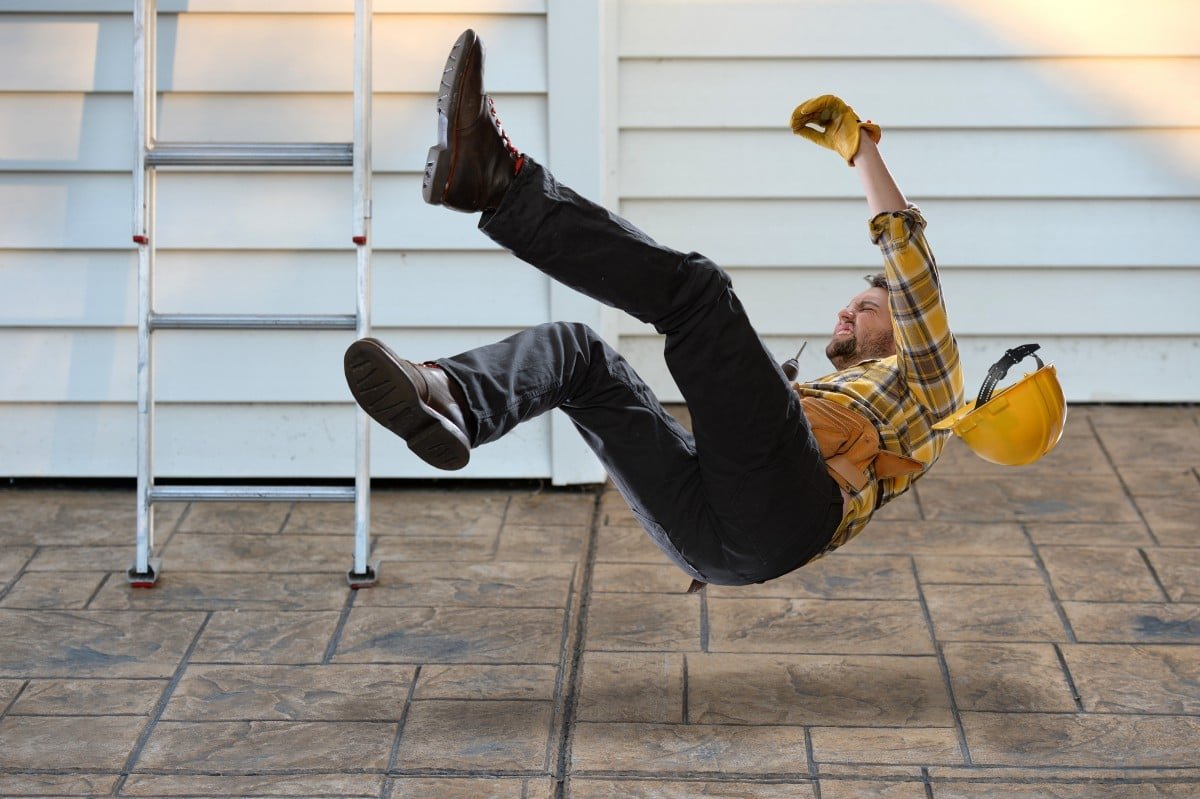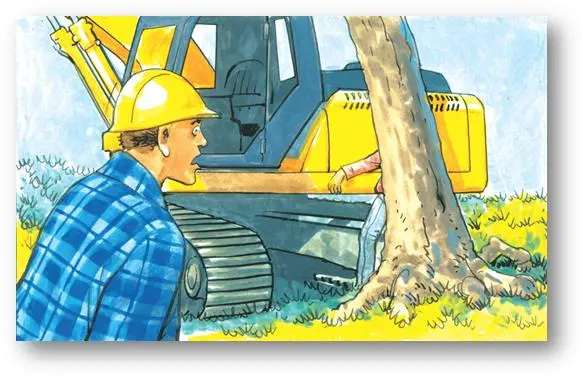Construction sites are dynamic environments where various hazards can pose risks to workers’ safety and well-being. Understanding these hazards and implementing measures to mitigate them are essential aspects of ensuring a safe work environment. In this article, we will explore some common hazards found on construction sites and discuss strategies for identifying and addressing them.
1. Falls from Heights

Falls from heights are one of the most common causes of fatalities and injuries on construction sites. Workers are often required to work on elevated surfaces such as roofs, scaffolds, and ladders, increasing the risk of falls. To mitigate this hazard, employers should provide proper fall protection equipment such as harnesses, guardrails, and safety nets. Additionally, workers should receive training on how to use this equipment correctly and be vigilant about following safety protocols.
2. Struck-By Accidents
Struck-by accidents occur when workers are struck by moving objects or equipment on the construction site. This can include being hit by vehicles, falling debris, or swinging equipment. To prevent struck-by accidents, construction sites should have designated traffic control plans to separate vehicles and pedestrians, and workers should wear high-visibility clothing to increase visibility. Adequate signage and barriers should also be in place to warn workers of potential hazards.
3. Electrical Hazards
Construction sites often involve the use of electrical equipment and wiring, which can pose electrical hazards if not handled properly. Workers may be at risk of electric shock, electrocution, or fire if they come into contact with live wires or faulty electrical equipment. To mitigate these hazards, electrical systems should be properly installed and maintained, and workers should receive training on electrical safety practices. Ground-fault circuit interrupters (GFCIs) should also be used to protect against electric shocks.
4. Caught-In or Between Hazards

Caught-in or between hazards occur when workers are caught, crushed, or squeezed between equipment, materials, or structures. This can happen during excavation work, trenching, or when working with heavy machinery. To prevent these accidents, proper safety protocols should be followed when operating equipment, and workers should be trained on safe excavation practices. Trenches and excavations should be properly shored or sloped to prevent collapses, and workers should be instructed to stay clear of moving equipment.
5. Hazardous Materials Exposure
Construction sites may contain hazardous materials such as asbestos, lead, or toxic chemicals, which can pose health risks to workers if not handled properly. Exposure to these materials can lead to respiratory problems, skin irritation, or even chronic illnesses. To protect workers from hazardous materials exposure, proper training and personal protective equipment (PPE) should be provided. Additionally, hazardous materials should be properly labeled, stored, and disposed of according to regulatory requirements.
Conclusion
Identifying and mitigating common hazards on construction sites is essential for ensuring the safety and well-being of workers. By understanding the risks associated with falls from heights, struck-by accidents, electrical hazards, caught-in or between hazards, and hazardous materials exposure, construction site managers can implement effective safety measures to protect their workforce. Through proper training, the use of appropriate safety equipment, and strict adherence to safety protocols, construction sites can become safer environments for all.












